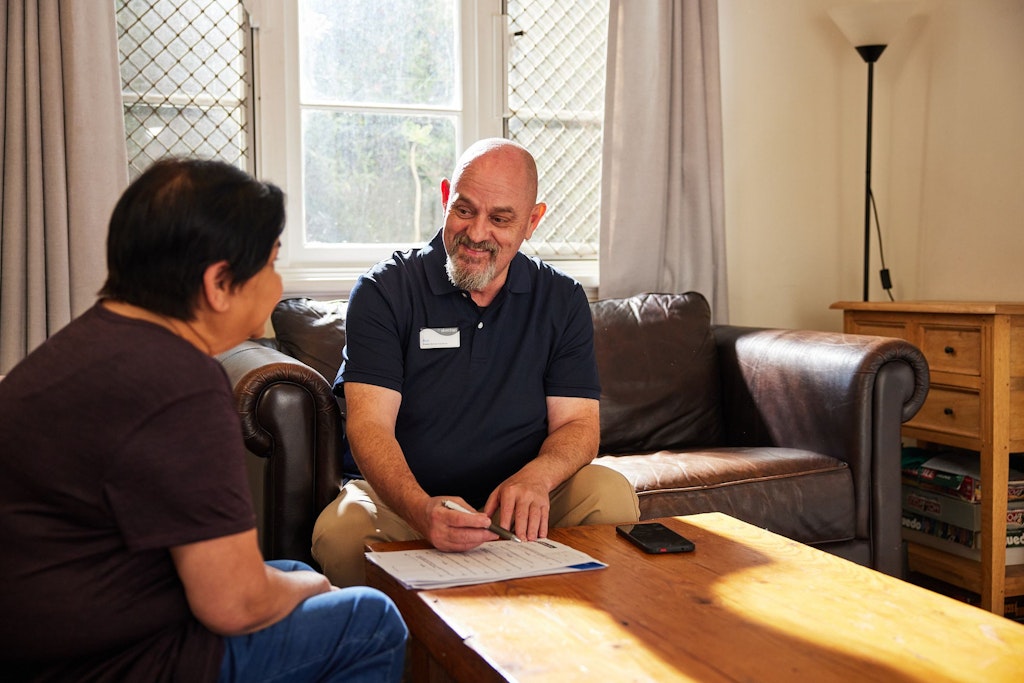Care Coordination expansion reduces unnecessary hospital presentations
Last updated on 7 August 2024

In-home care service provider Silverchain is expanding its Care Coordination Support Service in a concerted effort to help people stay out of hospital.
The service is funded by the South Eastern Melbourne Primary Health Network (SEMPHN), through the Australian Government’s PHN Program, and it is the latest step in the service provider offering greater service diversity to clients.
The free health service connects people with health and wellbeing services and it was first launched in 2023 for the Cities of Frankston and Greater Dandenong in Melbourne. It has since expanded into Casey, Kingston and the Shires of Cardinia and Mornington Peninsula.
Now it’s set to encompass the entirety of Melbourne’s southeast with the addition of the Cities of Stonnington, Port Philip, Bayside and Glen Eira.
Rapid growth in the service has helped more than 600 people avoid an unnecessary emergency department presentation or hospital admission/readmission.
“We look at each person’s needs holistically, so we’ve also been able to obtain housing for homeless clients and support people during their transition to residential aged care,” Silverchain’s Executive Director Victoria and New South Wales, Carolyn Bell, said.
“We’ve also helped clients obtain citizenship and therefore access to appropriate pension, as well as link clients to a local GP if they don’t have one.
“We have helped expedite assessments for aged care services through My Aged Care, as well as improve access to care through education on navigation of the health care system, which often includes the support of interpreters.
“Through this service clients feel heard, empowered and are educated on how to manage their health. They understand where, how and when to access care and how to escalate concerns and deterioration appropriately. This in turn helps to reduce unnecessary ED presentations, admissions and readmissions, particularly after hours.”
Service recipients do not have to be receiving home care services at the time of referral, with General Practitioners (GPs), pharmacies, community health services and hospitals all able to refer people. Self-referrals are also possible.
The service is not available to aged care residents, however, although clients living in retirement villages are eligible.
Ms Bell said the initiative linked people into services and providers, in collaboration with GPs, to assist clients to remain healthy and independent. Both medical and non-medical factors were assessed with respect to their impact on a person’s health and wellbeing.
An early success story saw a man in his 80s referred to Silverchain’s Care Coordination Support Service by his pharmacist. He had multiple chronic conditions including cellulitis in both of his legs, with open infected wounds. He also had a history of heart failure.
Past experiences with another home care provider resulted in limited trust with the healthcare system and he had no direct connection to GP or community health service.
Silverchain visited his home, where he lived alone, was socially isolated and lived in a poor state. While an initial hospital admission was required to treat his legs, a Silverchain care coordinator worked closely with him to develop rapport and build trust.
This resulted in the successful grant of a Level 4 Home Care Package and improved coordination of care with a local GP and visiting geriatrician. The client also developed the knowledge to recognise early signs of deterioration and education on how to access non-urgent medical care early.
Regular home visits and preventative care education meant he was able to avoid hospital readmission for another flare up of cellulitis. He attended a local Primary Care Centre instead and returned home shortly after.
By achieving a positive outcome through a pharmacist’s referral, Silverchain was able to successfully pair up an individual with an appropriate Home Care Package and limit unnecessary hospital stays. It’s an effective outcome in the home care space to ensure older people can remain at home while still receiving the right level of care.